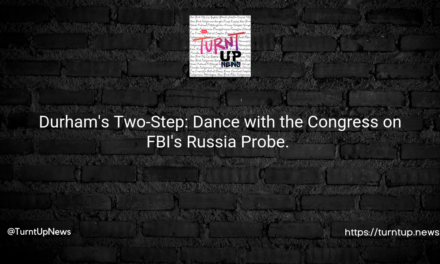💪 The Muscle of Madness: Bosnian Bodybuilder’s Live Stream of Chaos and Crime 🎥
TL;DR: Nermin Sulejmanovic, a bodybuilder from Bosnia, took to Instagram to live-stream his horrific killing spree, leaving three dead, including his ex-wife, and several others injured. In a series of gruesome videos, he terrorized his former partner, the streets of Gradacac, and law enforcement before ultimately turning the gun on himself. The harrowing event raises serious questions about social media platforms’ responsibility for hosting violent content. 😢📱
Disclaimer: This article covers a violent incident and the details within are based on factual reporting. The information provided does not represent the thoughts or recommendations of Turnt Up News.
Friday, a regular day for many, turned into a nightmare in the Bosnian city of Gradacac. Nermin Sulejmanovic, a local bodybuilder, decided to showcase his deranged actions to the world through Instagram’s live-streaming feature.
A Tragic Opening Act: 🎬
The spree began with Sulejmanovic boasting about an upcoming live execution. He taunted his viewers, calling his ex-wife derogatory names and claiming she kept him from seeing their child. But did he truly believe that these actions would justify the violence that followed? 🤔
The first video culminated in a horrifying scene where he fatally shot his ex-wife on camera while their child cried in the background. How could a parent allow their child to witness such a horrendous act? 😔
Rampage on the Streets: 🚗💥
Sulejmanovic then took to the streets, live-streaming his run from the law. While evading capture, he bragged about killing two others off-camera – a man and his son. Prosecutors later confirmed these deaths, adding to the grisly toll of his rampage.
Are the connections we build in our online worlds pushing us to act out in real life? Could Sulejmanovic’s online persona have fueled his offline violence? 🧩
Final Confrontation and End of the Line: 🚔🔚
In a twisted conclusion, Sulejmanovic shot and wounded a police officer, another man, and a woman before taking his own life. A tragic end to a day filled with terror and senseless violence. But what role did the audience play in this tragedy? Could the attention and views have empowered him further? 🎭
Reflections and Questions: 🤷
The chilling event leaves many unanswered questions about the use of social media platforms to broadcast violent actions. Instagram, like other platforms, has faced scrutiny for hosting and allowing such content.
In this instance, the horror unfolded in real-time, captured by the perpetrator himself. Should social media platforms take more responsibility for policing content? Are we, as a society, feeding into this violence by providing an audience?
Could the same technology that brings us closer also be tearing us apart? 💔🌐
These are questions that need answers, but more importantly, they’re questions that provoke thought and conversation.
Ending Question for You, Dear Reader:
In a world where anything and everything can be broadcasted live to an audience, what responsibility do we bear as consumers of this content? Are we innocent bystanders, or are we complicit in a culture that sensationalizes violence? Let’s discuss, ponder, and ask ourselves – where do we draw the line? 🎥🤔





